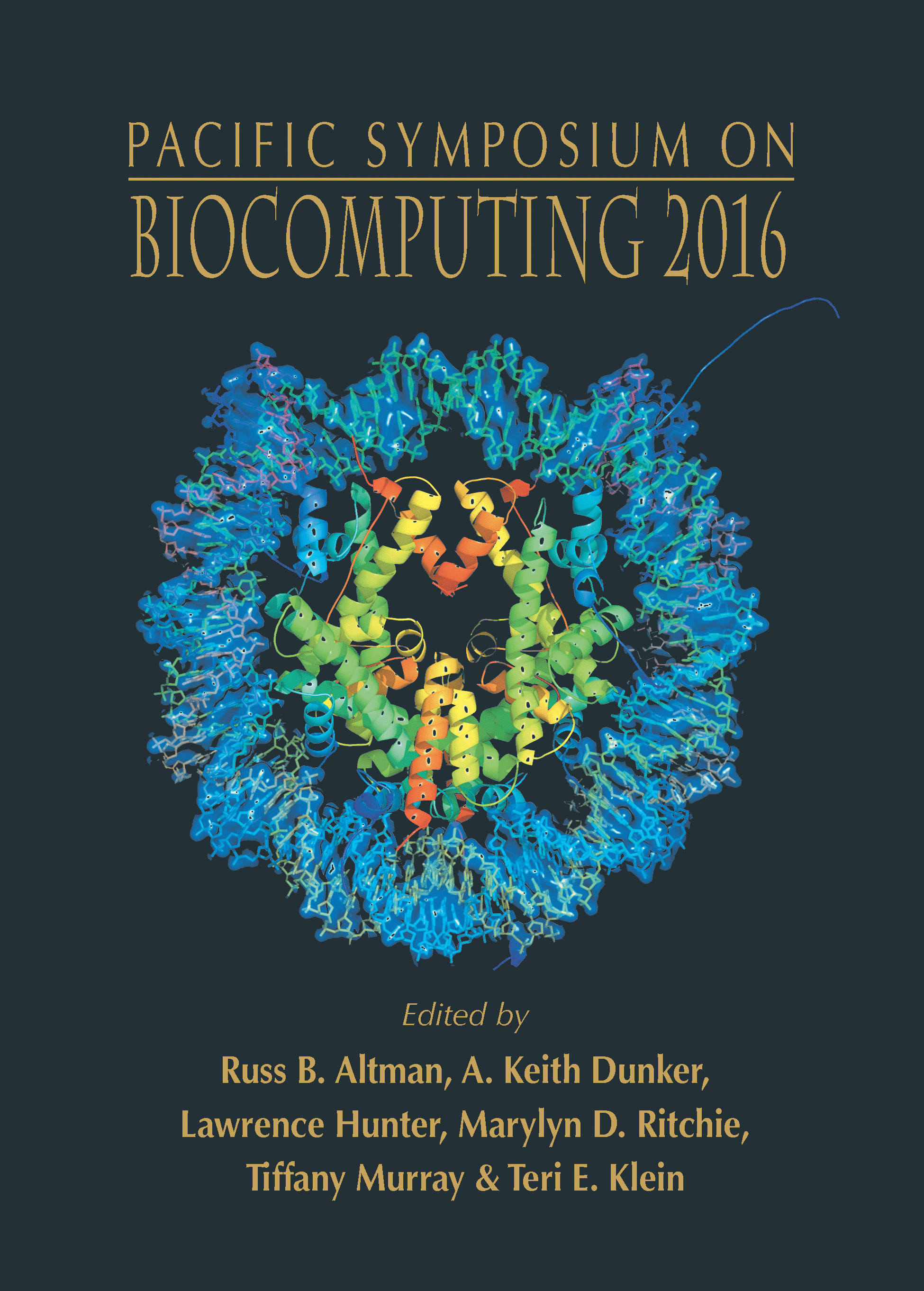
Gennady M. Verkhivker1,2
1Department of Computational Biosciences, Schmid College of Science & Technology, Chapman University
2Department of Pharmacology, University of California San Diego
Email: verkhivk@chapman.edu
Pacific Symposium on Biocomputing 21:45-56(2016)
© 2016 World Scientific
Open Access chapter published by World Scientific Publishing Company and distributed under the terms of the Creative Commons Attribution (CC BY) 4.0 License.
The human protein kinome presents one of the largest protein families that orchestrate functional processes in complex cellular networks, and when perturbed, can cause various cancers. The abundance and diversity of genetic, structural, and biochemical data underlies the complexity of mechanisms by which targeted and personalized drugs can combat mutational profiles in protein kinases. Coupled with the evolution of system biology approaches, genomic and proteomic technologies are rapidly identifying and charactering novel resistance mechanisms with the goal to inform rationale design of personalized kinase drugs. Integration of experimental and computational approaches can help to bring these data into a unified conceptual framework and develop robust models for predicting the clinical drug resistance. In the current study, we employ a battery of synergistic computational approaches that integrate genetic, evolutionary, biochemical, and structural data to characterize the effect of cancer mutations in protein kinases. We provide a detailed structural classification and analysis of genetic signatures associated with oncogenic mutations. By integrating genetic and structural data, we employ network modeling to dissect mechanisms of kinase drug sensitivities to oncogenic EGFR mutations. Using biophysical simulations and analysis of protein structure networks, we show that conformational-specific drug binding of Lapatinib may elicit resistant mutations in the EGFR kinase that are linked with the ligand-mediated changes in the residue interaction networks and global network properties of key residues that are responsible for structural stability of specific functional states. A strong network dependency on high centrality residues in the conformation-specific Lapatinib-EGFR complex may explain vulnerability of drug binding to a broad spectrum of mutations and the emergence of drug resistance. Our study offers a systems-based perspective on drug design by unravelling complex relationships between robustness of targeted kinase genes and binding specificity of targeted kinase drugs. We discuss how these approaches can exploit advances in chemical biology and network science to develop novel strategies for rationally tailored and robust personalized drug therapies.